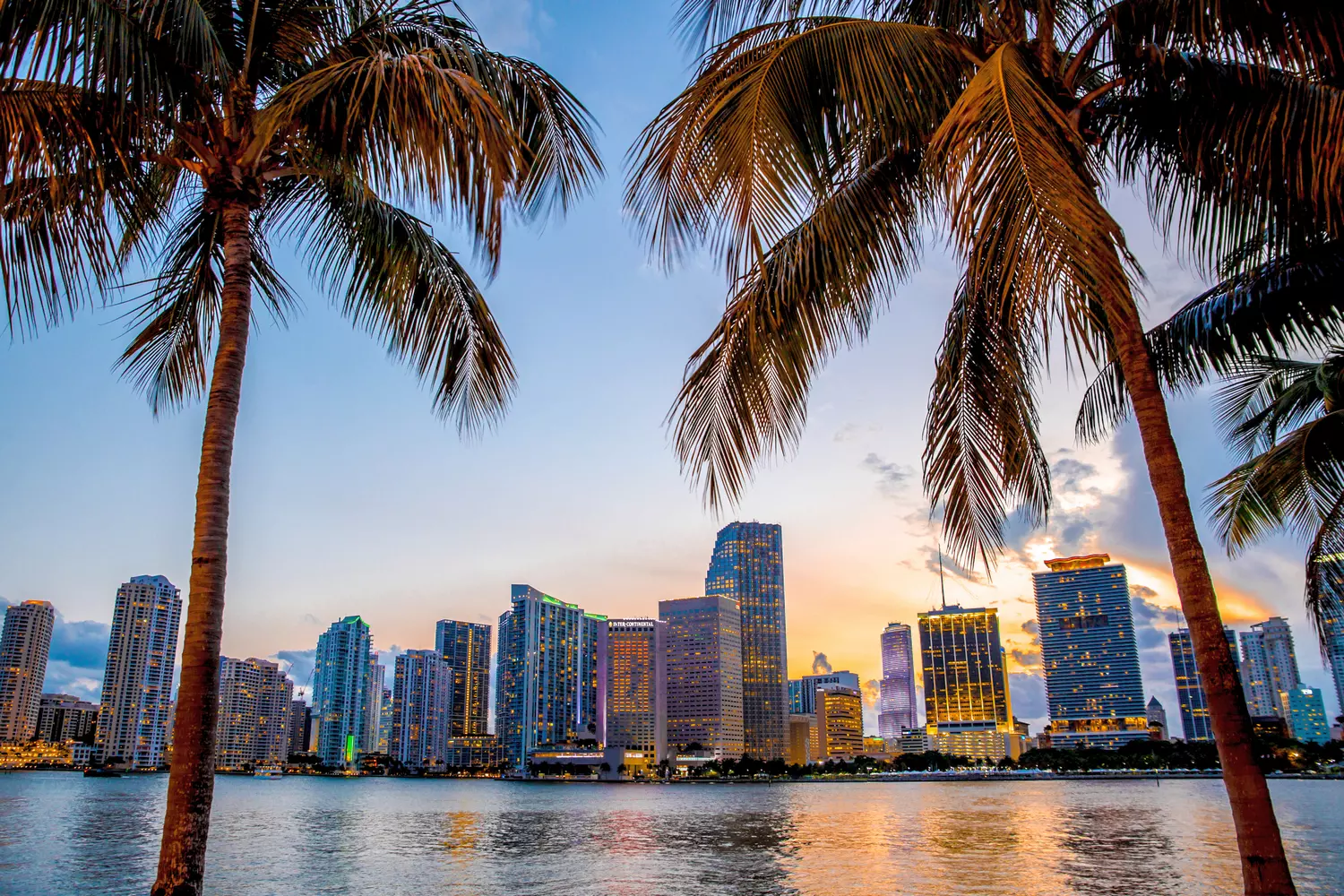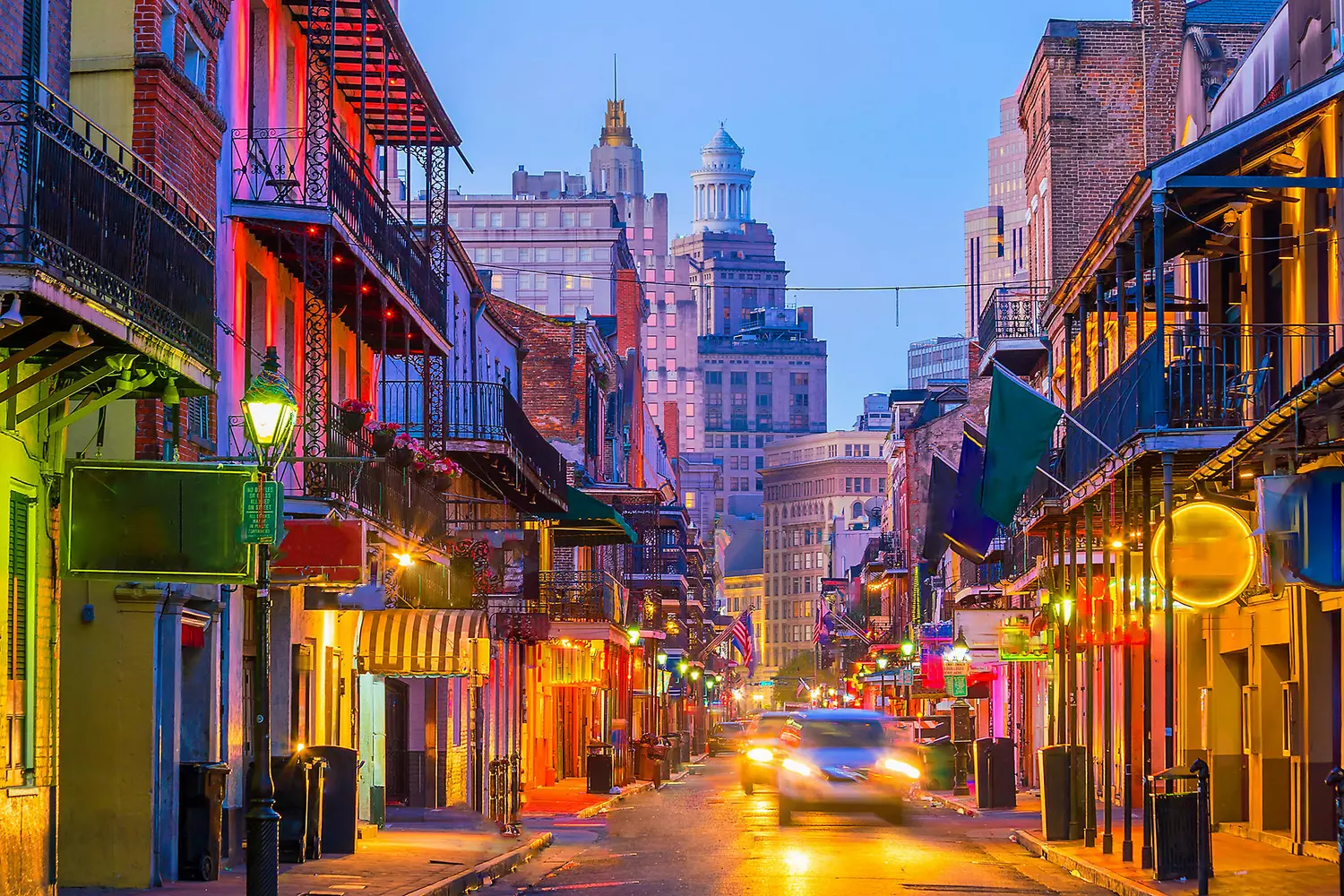America is not just about Hollywood and skyscrapers, but also about Amazon — a digital giant that has forever changed how we shop, think, and live.
For some, Amazon is a way to order rare books; for others, it’s a chance to snag electronics at prices lower than in physical stores. Some spend hours browsing the “Today’s Deals” section, hunting for discounts on sneakers, coffee makers, headphones, and even cat food. And some simply turn on Alexa and ask to order another roll of paper towels.
But behind this apparent convenience lies a whole philosophy. A philosophy where the customer is king, and everything else is built around them: from logistics and artificial intelligence to recommendations that know you better than your partner.
Back in 1994, no one could have imagined that an online bookstore started in a garage would become the architecture of global commerce. It was then, in Seattle, that Jeff Bezos, a former investment fund employee, decided to risk everything for an idea — selling books online. Why books? Because they are compact, universal, offer huge variety, and initially require simple logistics. Amazon was born not as an attempt to “make money,” but as an experiment with the future.
And the experiment worked.
We will tell you how it all works: where it started, how it’s evolving, and what goes on inside the world’s largest online retailer. You’ll learn how Amazon is changing the economy, consumer culture, and the ways we interact with brands. And why this story is not just about the USA, but about all of us.
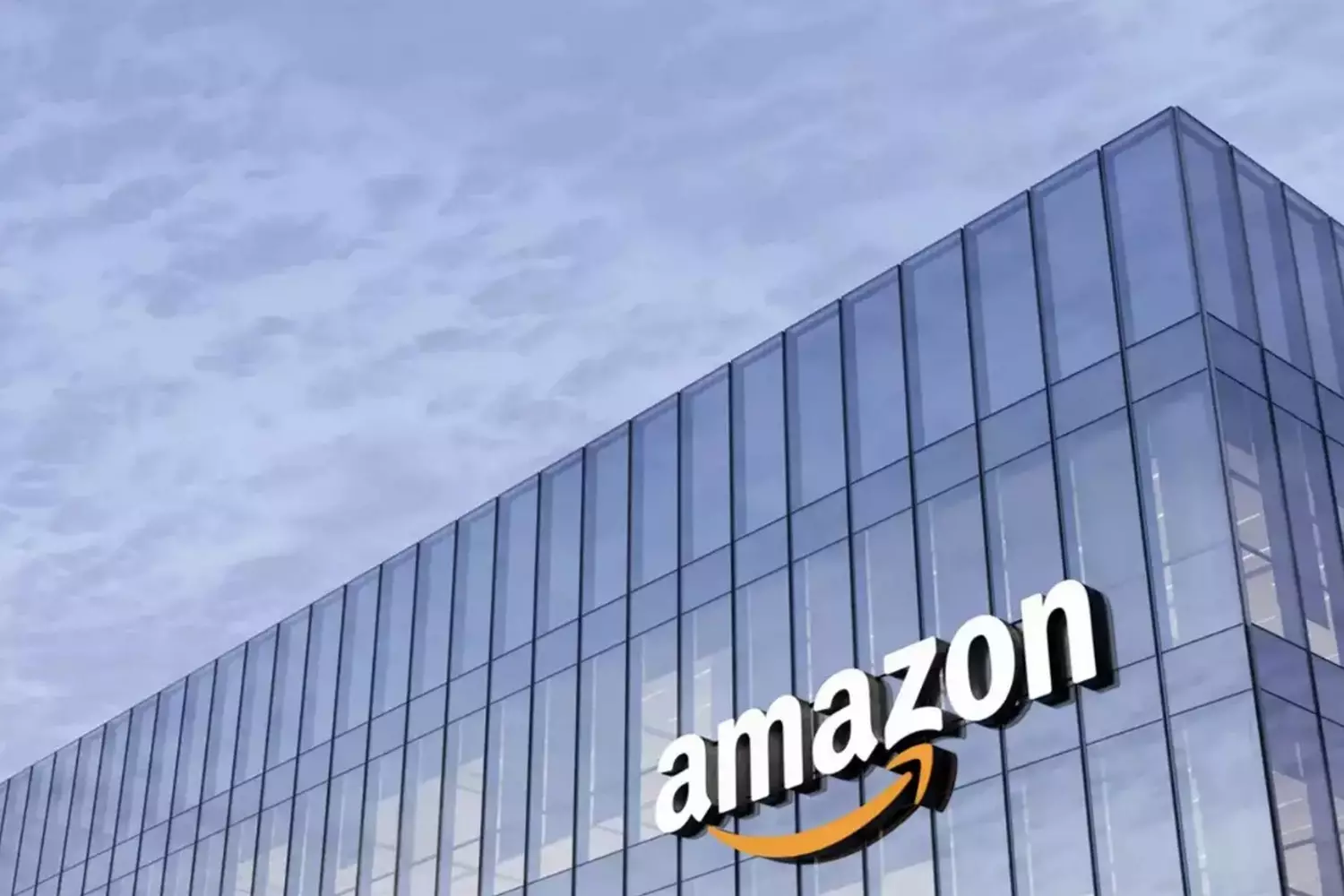
In just 25 years, Amazon has grown from a small online bookstore into a company with a market capitalization of over $1.9 trillion. Today, it processes more than 1 million orders daily and offers a selection of over 350 million products.
Why Amazon Became More Than Just a Store — a Part of Everyday Life
When we say “Amazon”, everyone pictures something different. Some recall a box with a smile, delivered in just one day. Others think of Alexa’s voice, playing their favorite music in the morning. And some remember a streaming series you won’t find on any other platform. But Amazon is much more than that.
In fact, Amazon is not just a store. It’s an entire ecosystem, a digital empire encompassing all aspects of modern life: from shopping and entertainment to business and technology.
What makes Amazon unique?
- 01. A mind-blowing selection
You can find literally everything on Amazon — from batteries and children’s books to jewelry, furniture, car accessories, and even groceries. Millions of products are available 24/7, with up-to-date prices, reviews, and recommendations. - 02. World-class logistics
Amazon doesn’t rely on other delivery services. The company has its own fleet of airplanes, trucks, and even drones. Same-day delivery in the U.S. is no longer a fantasy, but everyday reality. Some warehouses operate almost fully automatically, with robots assembling orders themselves. - 03. Prime subscription: all-inclusive
Amazon Prime is more than just fast delivery. It’s a full package of conveniences: ad-free movies and series, music streaming, e-books, discounts, and access to exclusive products. For $14.99 a month, you get nearly unlimited possibilities. - 04. Smart technologies at home and in business
Alexa, Amazon’s voice assistant, has already become part of millions of homes. With it, you can turn on lights, check the weather, order pizza, or call a taxi. Behind the scenes, Amazon runs a vast network of servers — AWS (Amazon Web Services) — powering Netflix, NASA, McDonald’s, and even the U.S. government. - 05. A marketplace for sellers worldwide
Amazon is not just its own products but millions of offers from third-party sellers. It’s a platform where small businesses can sell alongside big brands, giving buyers even more choices.
Amazon is an example of how one simple idea can grow into not just a business, but a new reality lived by billions. And if you still think it’s “just a store,” you simply haven’t looked behind the scenes.
The factory of the future: how Amazon works inside
Many think Amazon is just a “Buy Now” button and fast delivery. But behind that button is a complex system, like a clockwork mechanism where every cog turns with millisecond precision. Amazon is built on technology, automation, and obsession with the customer experience. It doesn’t just work — it anticipates.
Let’s take a look inside this machine.
- 01. Algorithms that read your mind
Amazon knows you better than you know yourself. Its AI analyzes:
- Your purchase history;
- What you searched for but didn’t buy;
- Which items you added to favorites;
- How long you viewed certain pages;
- What people with similar interests bought.
The result? A feed of products that eerily match what you just thought about buying. Sometimes it feels like Amazon has peeked into your mind.
- 02. Robot warehouses: almost no humans involved
Amazon’s warehouses (called fulfillment centers) operate with minimal human involvement. Thousands of automated carts move around, delivering products to operators. These robots:
- Navigate using QR codes on the floor;
- Avoid collisions with each other;
- Work 24/7 without fatigue or lunch breaks.
One such warehouse can process up to 1 million orders per day. That’s more than the entire supermarket network of an average country.
- 03. Logistics: door-to-door — faster than pizza delivery
Amazon stopped relying on FedEx and UPS — it built its own delivery service: Amazon Logistics. In the U.S., you’ll recognize their vans by the logo and smile on the side. Features include:
- Same-day delivery in major cities;
- Tracking at every stage — from leaving the warehouse to courier scanning at your doorstep;
- Testing drones and autonomous robots in certain areas.
Bonus — “Amazon Key”: delivery inside your home or car trunk even when you’re not home (with a special smart camera).
- 04. Order fulfillment centers: the heart of it all
Amazon fulfillment centers are more than just warehouses. They’re product management hubs:
- Receiving goods from sellers;
- Storing on shelves, sorting;
- Packing according to Amazon standards (in branded boxes);
- Labeling with tracking codes and shipping to customers.
Every action is tracked in real time. If one box “gets stuck,” the system immediately detects it.
- 05. All for your review
Amazon operates on feedback. The company literally lives for your five-star rating.
- The bonus and rating system for sellers strongly depends on reviews.
- Products with ratings below 4.0 lose ranking in search results.
- Even packaging is often optimized based on feedback: “box too big,” “poorly protected” — all this influences your next order.
Amazon is an ecosystem where every customer action turns into data, and every company decision becomes science.
Interesting fact: Some Amazon warehouses in the U.S. use a “predictive stocking” system — meaning algorithms send products in advance to regions where they’re predicted to be ordered soon. In other words, your order may be en route even before you place it.
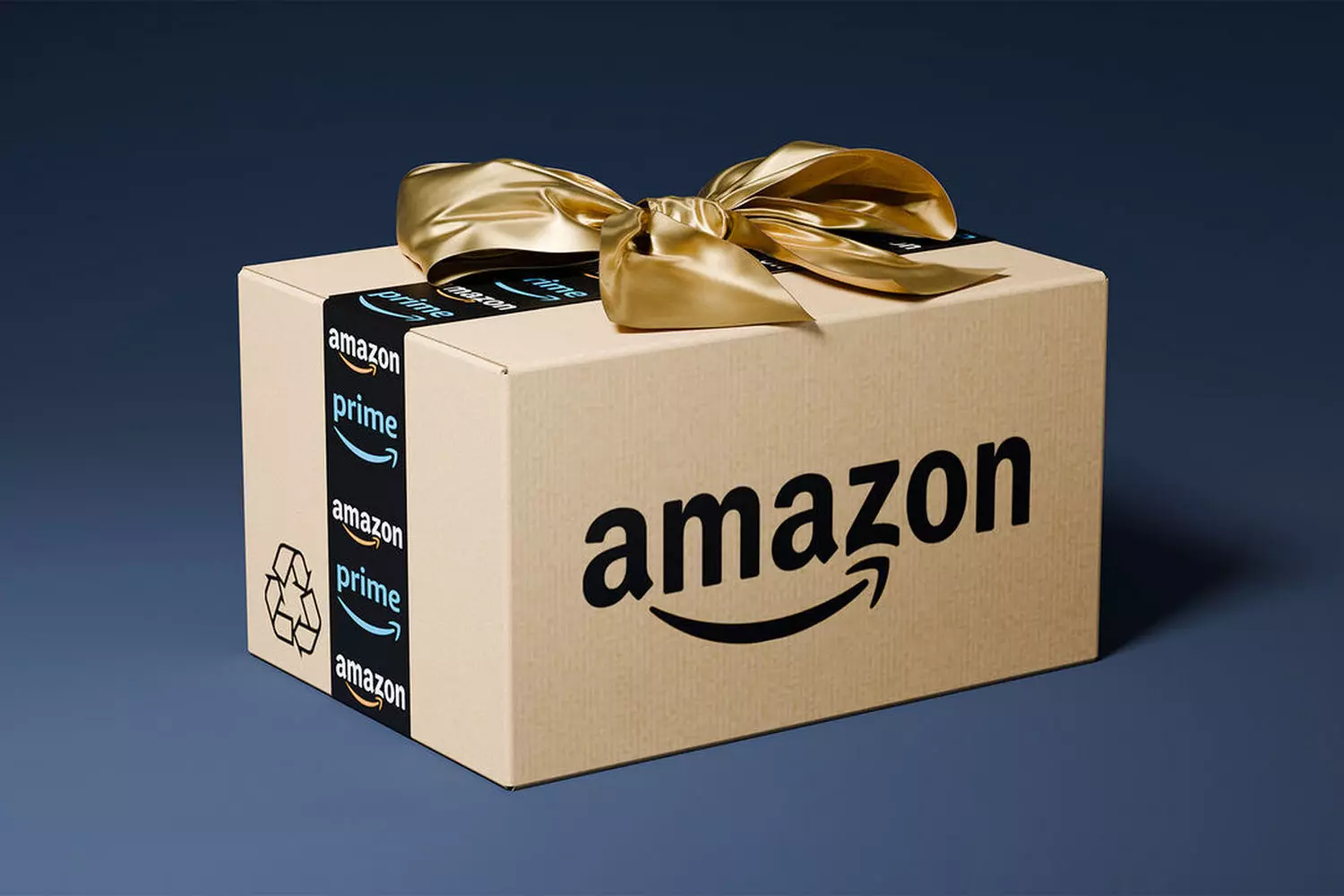
From Garage to Global Giant: How Amazon Began Its Story
Almost every American business success story begins in a garage. But in Amazon’s history, this image is not just a romantic metaphor, but a literal beginning. In 1994, after much contemplation and turning down a high-paying career in an investment fund, Jeff Bezos rented a house in Seattle. In the garage of that house, he gathered his first employees, set up a table made from a door panel, connected the internet — and began changing the world.
He chose books for a reason. Firstly, the selection was vast. Secondly, logistics were simpler: books don’t require fitting, they are compact and easy to pack. Most importantly — at that time, no one was selling books online on a national scale yet. Amazon became a pioneer.
“I knew that if I failed, I wouldn’t regret it. But I knew I would regret it if I didn’t try,” Bezos recalls.
Milestones that shaped Amazon
- 01. 1995 — The first step: launch of Amazon.com
In 1995, Amazon appeared online as a simple site for selling books. The site was simple and austere: minimalist design, modest functionality, manual order processing. Bezos and his team literally packed the first books themselves and shipped them to customers. Despite technical limitations and lack of retail experience, in the first months Amazon received orders from all 50 US states and 45 countries worldwide. This was the first signal that the idea of “selling online” was viable and in demand. - 02. 1997 — IPO and first market tests
In 1997, Amazon went public. This was an important moment that allowed raising capital for scaling. Shares started at $18, but many skeptics considered the company a “bubble” — high investments but minimal profits so far. Nevertheless, investors believed in the unlimited potential. Bezos saw not just a store, but an ecosystem, which required investments and a willingness to take risks. - 03. 1998–2000 — Beyond books: building the ecosystem
In the late ’90s, Amazon actively expanded its assortment. DVDs, electronics, toys, software appeared — a step that increased the audience and strengthened its position. At the same time, the company bought promising startups that gave technological advantages: auction platforms, search engines, recommendation systems. It was not just a store — it was a platform where thousands of third-party sellers operated. This was when Amazon laid the foundation for its marketplace. - 04. 2005 — Amazon Prime: a new service paradigm
In 2005, Amazon launched the Prime program — a subscription that radically changed customers’ attitude toward online shopping. For $79 per year (later about $14.99 per month), customers receive unlimited fast delivery, access to video and music. This subscription became a powerful tool for customer retention and loyalty growth. Customers became not just one-time buyers, but participants in the Amazon ecosystem. - 05. 2014 — Alexa and smart devices: entering a new segment
Amazon released the Echo — a smart speaker with the Alexa voice assistant. It was not just a gadget, but a step toward creating a smart home. People began to “talk” to their devices for the first time, controlling lights, music, even making purchases by voice. Alexa became an integral part of the Amazon ecosystem, integrating with services, products, and platforms. - 06. 2020 — Pandemic as a challenge and opportunity
The COVID-19 pandemic hit traditional retail hard, forcing millions to switch online. Amazon was ready: hundreds of thousands of new employees were hired for warehouses, logistics was restructured to meet the increased demand for essential goods — from groceries to medical masks. The company not only endured the pressure but grew, becoming the only shopping option for many.
Interesting fact: The name “Amazon” was chosen for a reason. Bezos wanted the company to appear at the beginning of alphabetical lists (letter A), but also sought to associate the brand with something grand. The Amazon River is the largest river on the planet, spanning vast territories and nurturing millions of life forms. That’s how he envisioned his future business. By the way, one of the first name options was Cadabra, from the word “abracadabra.” But it sounded too magical — and was even confused with “cadaver” over the phone. So the idea was discarded.
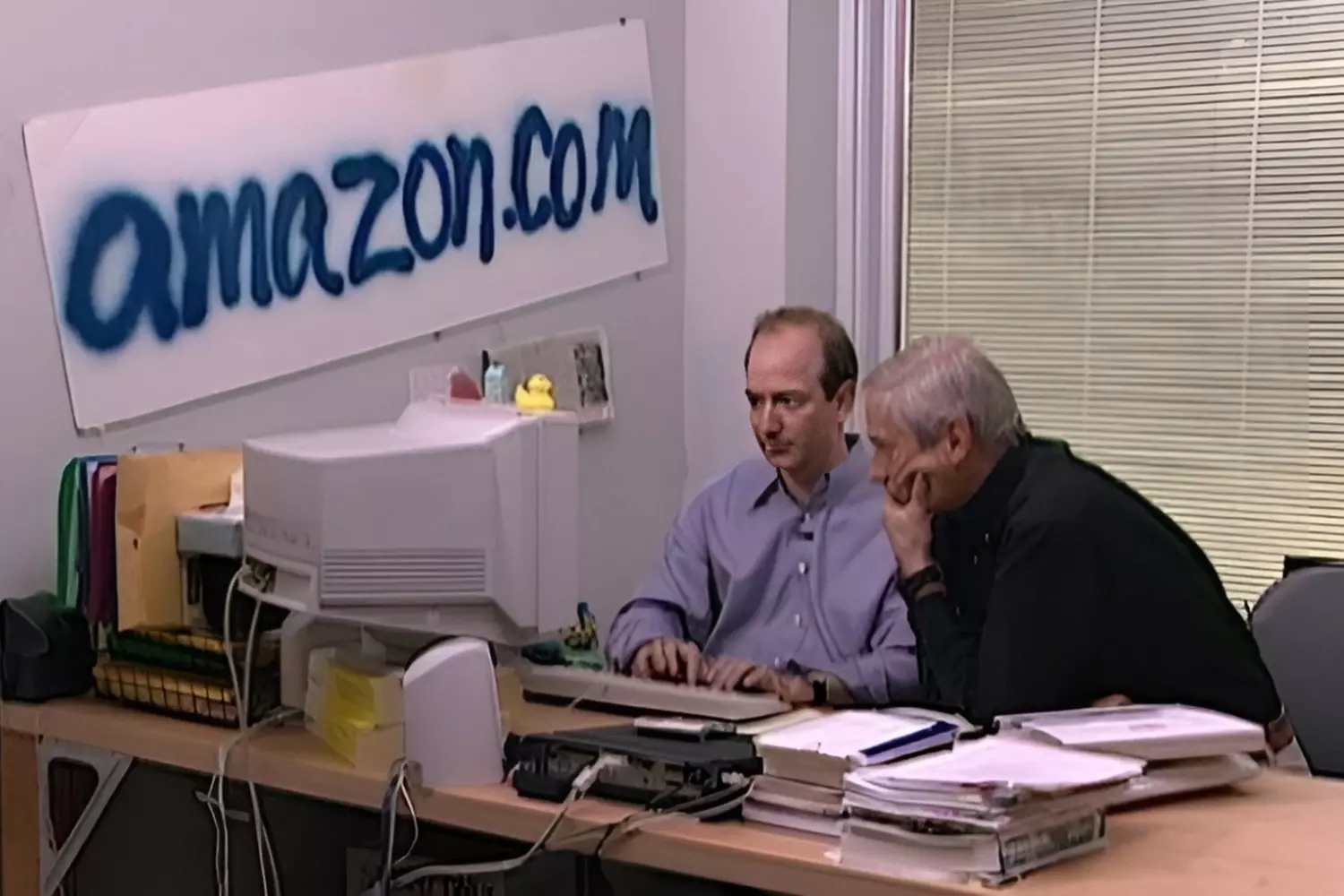
Who’s Behind Amazon: The History of Its Owners and Key Figures
Amazon is not just a corporation, but a complex organism where the key role is played by people with ambition, vision, and perseverance. The story of Amazon is unimaginable without its founder and key owners who shaped the company’s strategy and direction over decades.
- 01. Jeff Bezos — the brain and heart of Amazon
Jeff Bezos is a name synonymous with Amazon. The founder and chief architect of the company, he didn’t just create an online store but built an ecosystem that changed the entire global market.
- Born in 1964 in Albuquerque, New Mexico.
- Worked in an investment fund but decided to leave to pursue his dream — creating an online business.
- Founded Amazon in 1994, starting by selling books from a garage.
- Known for his motto: “Work like tomorrow is the last day of your life.”
- In 2021, he stepped down as CEO but remained executive chairman and largest shareholder.
Bezos not only inspired millions of entrepreneurs but also became one of the richest people on the planet, with his net worth peaking at over $200 billion.
- 02. Key shareholders and investors
Although Bezos was for a long time the largest owner of Amazon, the share structure has become more complex over the years:
- Institutional investors
Large funds like Vanguard Group and BlackRock hold significant stakes, which is typical for public companies. - Board of Directors
Includes experts from various fields — technology, finance, and retail — who influence strategic decisions. - Previously involved individuals
Some top executives and investors have or had stock packages, but most shares are concentrated among institutional players.
- 03. Andy Jassy — the new leader
After Bezos stepped down in 2021, Andy Jassy took over as CEO — a person with more than 25 years of experience at Amazon. Previously, he headed Amazon Web Services — one of the company’s main sources of income.
- Jassy continues Bezos’s strategy, strengthening AWS’s position.
- Focuses on sustainable development and expanding global influence.
- Maintains an innovative spirit, supporting the development of new services and devices.
- 04. Family influence and philanthropy
Bezos and his family play a significant role not only in business but also in charity:
- The Bezos Earth Fund directs billions of dollars toward combating climate change.
- Science and education projects receive funding thanks to Bezos’s personal initiatives.
- Family values and management principles influence Amazon’s corporate culture.
Interesting fact: In Amazon’s early years, Jeff Bezos used family savings and even refinanced his home to fund the company’s development. Without the support of his loved ones, Amazon might not have become what we know today.
Behind the facade of a tech giant stand people — passionate, determined, and visionary. Their decisions shape the future of the global economy, and the story of Amazon’s owners is a story of big ideas and even bigger achievements.
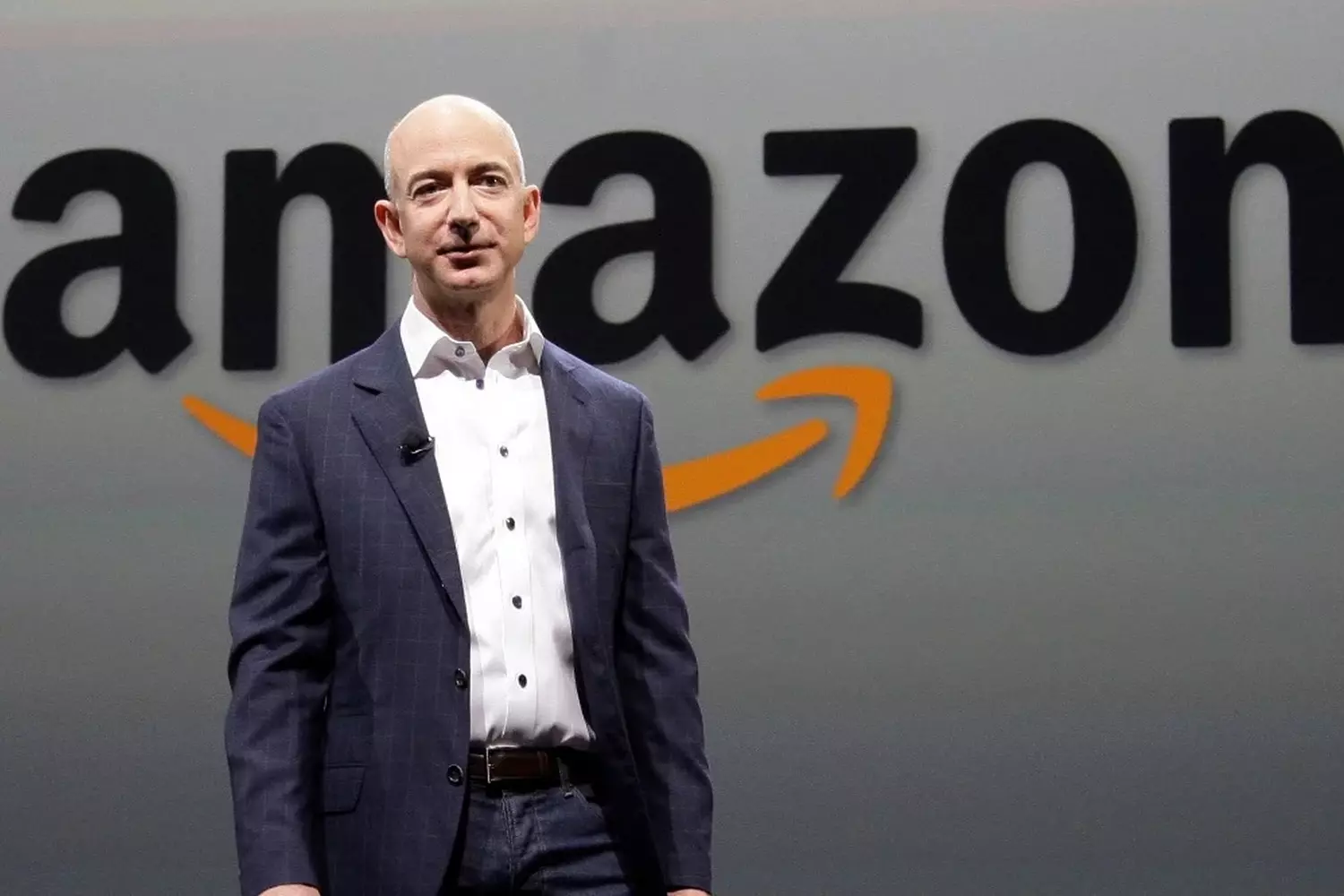
Amazon in Numbers and Facts: How the Financial Giant Works
Amazon is not just the world’s largest online retailer. It is a multifaceted business empire with enormous financial flows, a complex revenue structure, and millions of transactions daily. To grasp the scale and power of the company, it is enough to look at its key metrics and facts that reveal its influence and efficiency.
- 01. Overall Financial Performance
- Annual Revenue (2024)
About $650 billion. For comparison, this exceeds the GDP of many countries, including the Netherlands and Saudi Arabia. - Net Profit
Over $33 billion — the amount Amazon retained “in hand” after all expenses and taxes. - Market Capitalization
More than $1.7 trillion, placing the company among the top 5 most valuable in the world. - Revenue grows steadily
Average annual growth has been around 15-20% over the past five years, despite market fluctuations.
- 02. Revenue Structure: from Retail to the Cloud
Amazon makes money through several channels:
- Retail (about 50% of revenue)
Sales of goods on Amazon.com, including both company-owned inventory and third-party marketplace sellers. - Amazon Web Services (AWS) — Cloud Technologies (about 35% of profits)
The fastest-growing and most profitable segment. AWS provides servers and infrastructure for thousands of companies worldwide, including Netflix, Adobe, and NASA. - Subscriptions and Services (about 10%)
Amazon Prime, Amazon Music, Prime Video, Audible, and other paid services. - Advertising (about 5%)
Amazon is rapidly developing its advertising business, allowing brands to promote their products within its ecosystem.
- 03. Logistics and Operational Capacity
- More than 175 fulfillment centers worldwide
These are huge warehouses where goods are processed and shipped to customers. - Own fleet of over 40,000 trucks and vans.
- Fleet of 70 cargo airplanes
Owning its own aviation helps Amazon avoid reliance on third-party carriers. - Over 1 million employees worldwide
Amazon is one of the largest employers, with a team working around the clock, 7 days a week.
- 04. Innovation and Investments
- Investment in R&D
Amazon spends over $50 billion annually on developing new technologies — artificial intelligence, robotics, cloud services, and smart devices. - Development of autonomous delivery systems
Including drones and robots that promise faster and cheaper delivery in the future. - Spending on environmental initiatives
In 2023, the company announced plans to become carbon-neutral by 2040, investing in renewable energy and green technologies.
- 05. Interesting Facts about Sales and Users
- More than 350 million active Amazon accounts worldwide.
- Over 1 million orders processed daily. This means about 40,000 packages shipped every hour.
- Average delivery time: in large cities — from a few hours to one day.
- Amazon Prime has over 250 million subscribers, making it one of the largest paid subscriptions globally.
- 75% of purchases on Amazon are repeat buys — customers return again and again due to convenience and trust.
Interesting fact: In 2022, Amazon earned over $31 billion from advertising alone — more than the combined revenues of advertising giants Twitter and Snap.
Amazon is a powerful financial engine combining retail, high technology, and cutting-edge services. Its growth and resilience prove that the company knows not only how to make money but also how to invest in the future. Understanding the numbers helps appreciate the vast and deep impact Amazon has on the economy and our daily lives.
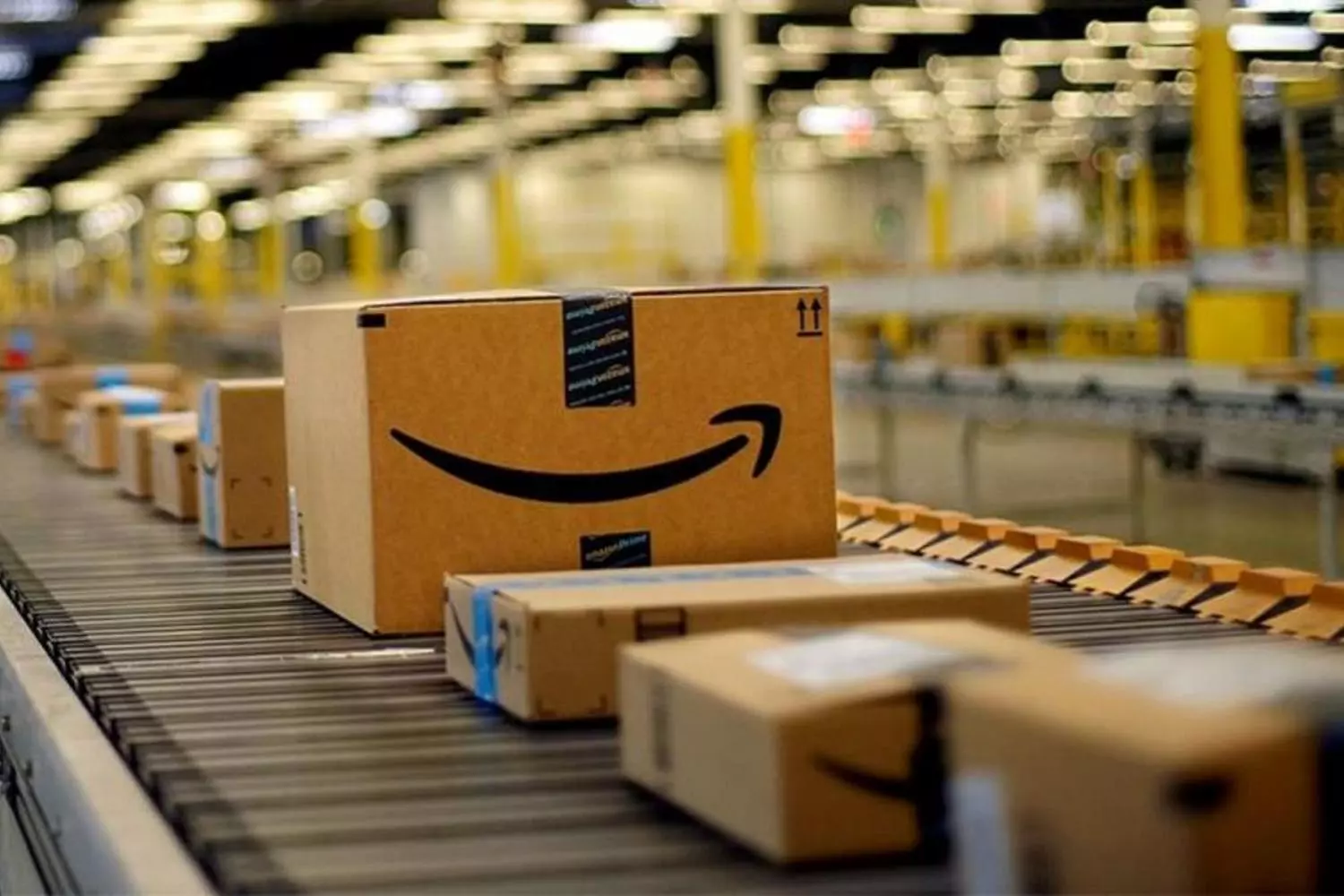
Behind the Giant’s Curtain: The Truth About Working at Amazon and Controversial Issues
Amazon is not only a technological and financial giant but also a company with a controversial reputation, especially when it comes to warehouse work and employee conditions. Behind its rapid growth and innovations lie real challenges faced by tens of thousands of workers around the world.
- 01. Harsh working conditions: speed above all
Amazon fulfillment centers are massive warehouses where thousands of employees process and pack millions of orders daily. The work demands:
- High pace
Orders must be picked and packed almost on the run, constantly monitored for time. Many workers report that the average quota is about 150–200 orders per shift, requiring maximum concentration and speed. - Physical endurance
Constant standing, lifting and carrying loads, fast movement across the warehouse — all of this takes a toll on health and causes fatigue. - Minimal breaks
The company strictly regulates rest time, often shortening it to increase productivity.
- 02. Control systems and pressure
Amazon implements advanced monitoring and performance evaluation systems:
- GPS trackers and scanners
Track every movement of employees. - KPI evaluation
Key performance indicators are strictly controlled, and failure to meet quotas may lead to fines or dismissal. - Warning system
An employee can receive a “notice” for the smallest mistake, which accumulates and leads to disciplinary actions.
Many former employees complained about stress and psychological pressure caused by the inability to relax or slow down.
- 03. Scandals and criticism from public and media
In recent years, Amazon has repeatedly been at the center of high-profile scandals:
- Reports of tragic incidents in warehouses
When employees became sick or injured due to extreme conditions and fatigue. - Harsh conditions for temporary workers
Especially during peak seasons such as Black Friday or the Christmas holidays. - Criticism over inadequate support during the COVID-19 pandemic
Some warehouses became hotspots of infection, and employees complained about lack of protective equipment. - Protests and strikes
In various countries and cities, workers held rallies demanding better working conditions, higher wages, and reduced overtime.
- 04. Amazon responds: innovations and improvements?
The company publicly acknowledges that warehouse conditions are a challenge and invests in technologies to ease the work:
- Robots assist in carrying heavy items and automate some processes.
- Improved safety systems and employee health monitoring.
- Launched programs supporting mental health and training.
However, critics argue that without reducing work pace requirements and increasing the human factor, progress will remain limited.
Interesting fact: In 2021, a lawsuit against Amazon related to workplace injuries and conditions took place in the US, attracting media attention and placing the company under additional public scrutiny.
Working at Amazon is not only about prestige and stability but also serious challenges for employees’ health and mental well-being. It is important to understand that behind the shine of high technology lies real human labor and difficult conditions, which the company is gradually trying to improve under pressure from the public and the workers themselves.
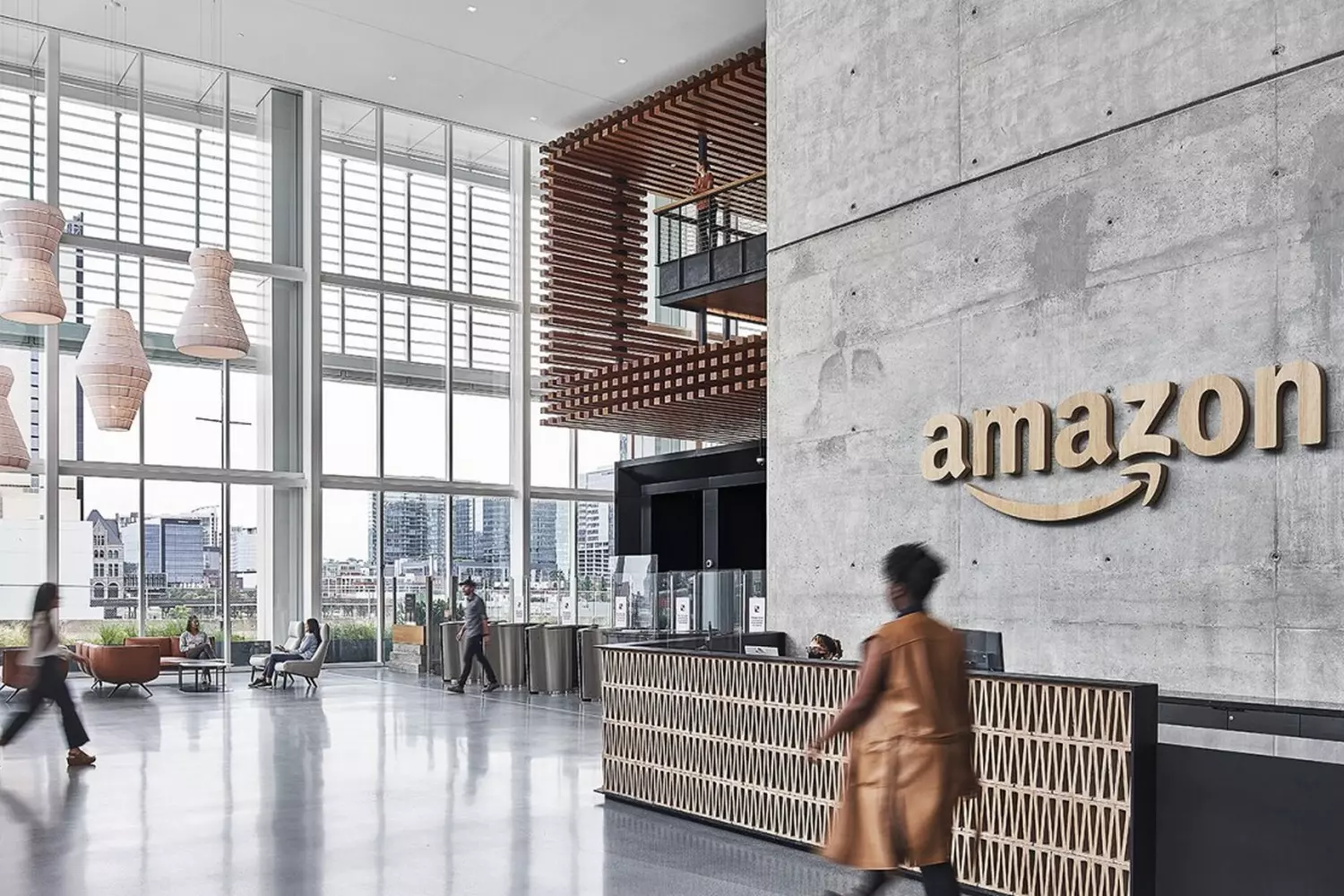
Amazon Prime: Is It Worth Paying for the Subscription and What Do You Get in Return?
In the world of online shopping, Amazon Prime is almost like a membership club with privileges, where every subscriber gets a whole range of services that make shopping and entertainment easier and more rewarding. But what exactly does this subscription include, and is it worth paying for? Let’s find out.
Amazon Prime is a paid subscription that combines several of the company’s services under one roof. For a fixed monthly or yearly fee, you get access to services that usually cost separately, but together they form a powerful bundle of benefits.
- 01. Free and super-fast delivery
The main reason millions choose Prime is delivery without extra costs and waiting. Subscribers get:
- Delivery within 1-2 days at no additional charge — especially beneficial for those who shop frequently on Amazon.
- Same-day or even within a few hours delivery available in some major cities.
- Free delivery on a huge assortment of products, including electronics, appliances, books, and even groceries.
- 02. Prime Video — movies and series for your soul
With the subscription, you get access to the Amazon Prime Video platform, where you’ll find:
- Original series and films Amazon Originals, including hit shows unavailable on other platforms;
- Thousands of movies and series across genres — from comedies to documentaries;
- The ability to watch in high quality and on multiple devices.
- 03. Amazon Music — ad-free music
The Amazon Music service is included with Prime and offers:
- Over 2 million songs without ads;
- Curated playlists and mood-based selections;
- The ability to listen offline.
- 04. Prime Reading — thousands of e-books as a gift
The subscription unlocks the Prime Reading library, which includes:
- A large number of books across genres;
- Magazines and comics;
- The option to read on Kindle, smartphone, or tablet.
- 05. Additional perks
- Early access to Prime Day and Black Friday sales;
- Photo storage in the Amazon Photos cloud service;
- Discounts on products and services.
The subscription price varies depending on the region, but in the US it’s approximately $14.99 per month or about $139 per year. New users also get a free 30-day trial period to test all the benefits risk-free.
Is it worth getting Amazon Prime? The decision depends on your shopping style and needs.
Yes, if you:
- Shop frequently on Amazon — savings on delivery quickly cover the subscription cost.
- Enjoy watching movies and series online and want access to exclusive content.
- Value ad-free music and the convenience of reading e-books.
- Plan to use cloud services and take advantage of sale discounts.
No, if you:
- Make rare or one-time purchases. In this case, the subscription would just be an unnecessary expense.
- Don’t use video streaming, music, or the e-book library.
Amazon Prime is not just a delivery subscription but a whole club of services that turns shopping and leisure into a convenient and rewarding experience. If you want to save time and money and enjoy digital entertainment, this subscription is definitely for you.
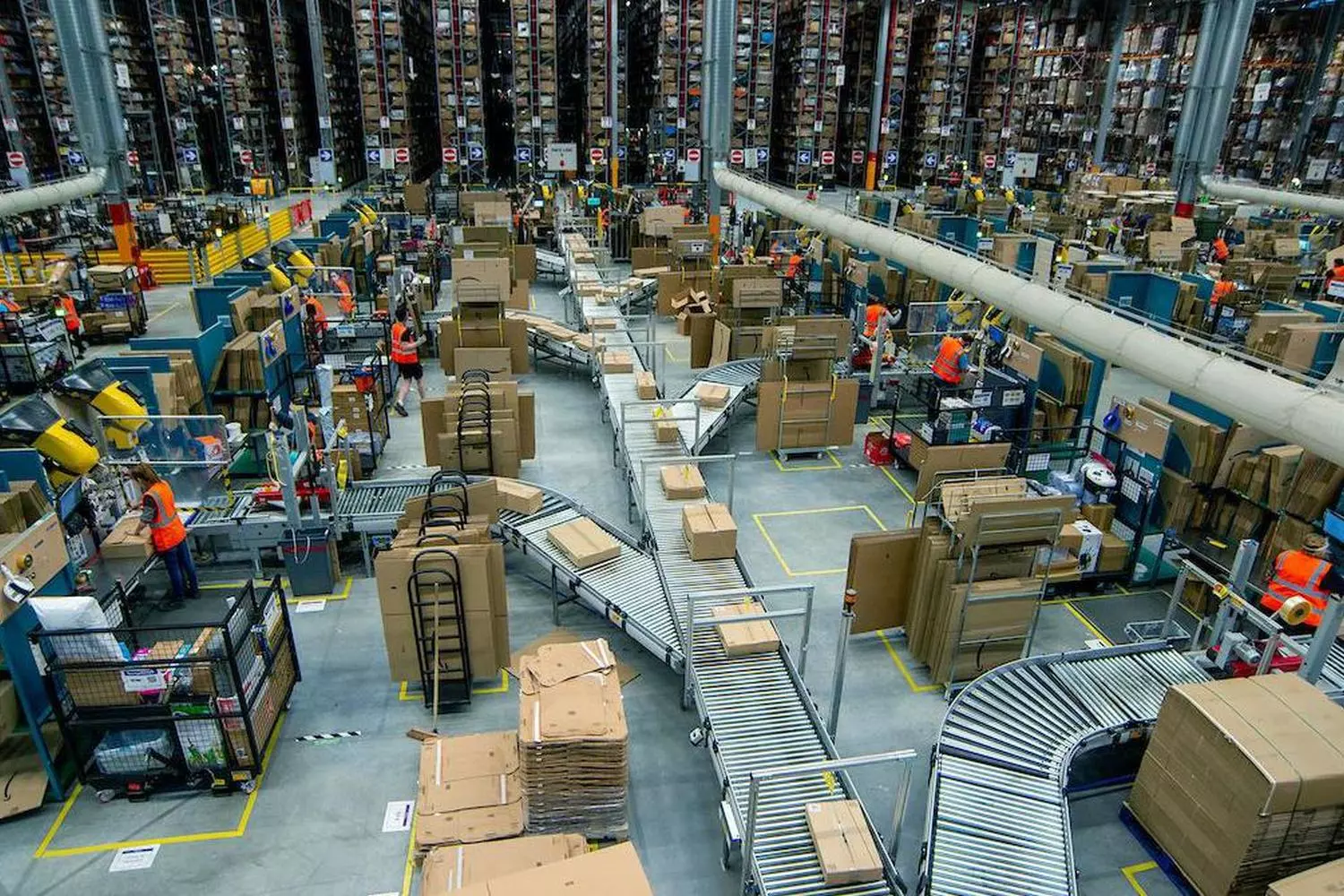
Amazon Studios: The World of Movies and Series from the Online Giant
Amazon has long ceased to be just a store — it is also a major player in the entertainment market. The company has invested billions in creating its own content and today competes with giants like Netflix, HBO, and Disney+. Behind Amazon Studios are many captivating films and series that have won the hearts of millions of viewers worldwide.
Amazon Studios was founded in 2010 as a division for producing original video content. Initially, the company focused on creating movies and series for its Prime Video platform to attract and retain Amazon Prime subscribers. Thanks to significant investments and the involvement of renowned directors and actors, Amazon quickly became a serious competitor to traditional studios.
- 01. Best Amazon series: what’s worth watching?
- “The Marvelous Mrs. Maisel”
This is a comedy-drama about a woman from New York in the 1950s who suddenly becomes a stand-up comedian. The show has won numerous awards, including several Emmys, and is valued for its sharp humor, period style, and vivid characters. - “The Boys”
Although Amazon holds the rights to the series in some countries, “The Boys” is one of the most popular and daring anti-superhero dramas of modern times. The story about a group of vigilantes fighting corrupt superheroes is filled with dark humor and social undertones. - “Mr. Robot”
Originally airing on another channel, Amazon Prime Video holds the streaming rights. It is a psychological thriller about hackers that became cult thanks to its complex plot and deep characters.
- 02. Amazon Studios films: awards and recognition
Amazon actively invests in feature films, many of which have been nominees and winners of prestigious film awards.
- “Manchester by the Sea”
A drama that brought Amazon two Oscars in 2017, including Best Original Screenplay. The story centers on harsh life trials and the search for hope. - “The Big Sick”
A romantic comedy based on real events that received rave reviews from critics. - “Paterson”
A film acclaimed for its poetic and profound look at everyday life.
- 03. Why is Amazon so successful in film and series production?
- Large budgets and creative freedom
Amazon often offers directors and writers creative freedom, attracting talented professionals. - Global audience
Thanks to the powerful Prime Video platform, the created content is available in dozens of countries, stimulating the creation of universal stories. - Integration with the ecosystem
Amazon uses data about user preferences to create highly relevant content.
Interesting fact: The series “The Marvelous Mrs. Maisel” became so popular that it increased the number of Amazon Prime subscribers in the US by 50% in the first two years after its release.
Amazon Studios is not just a new studio but a powerful player that is changing the rules of the game in the entertainment industry. Its series and films are not only high quality but also unique in spirit and approach, making Amazon Prime Video a must-watch for millions of people around the world.
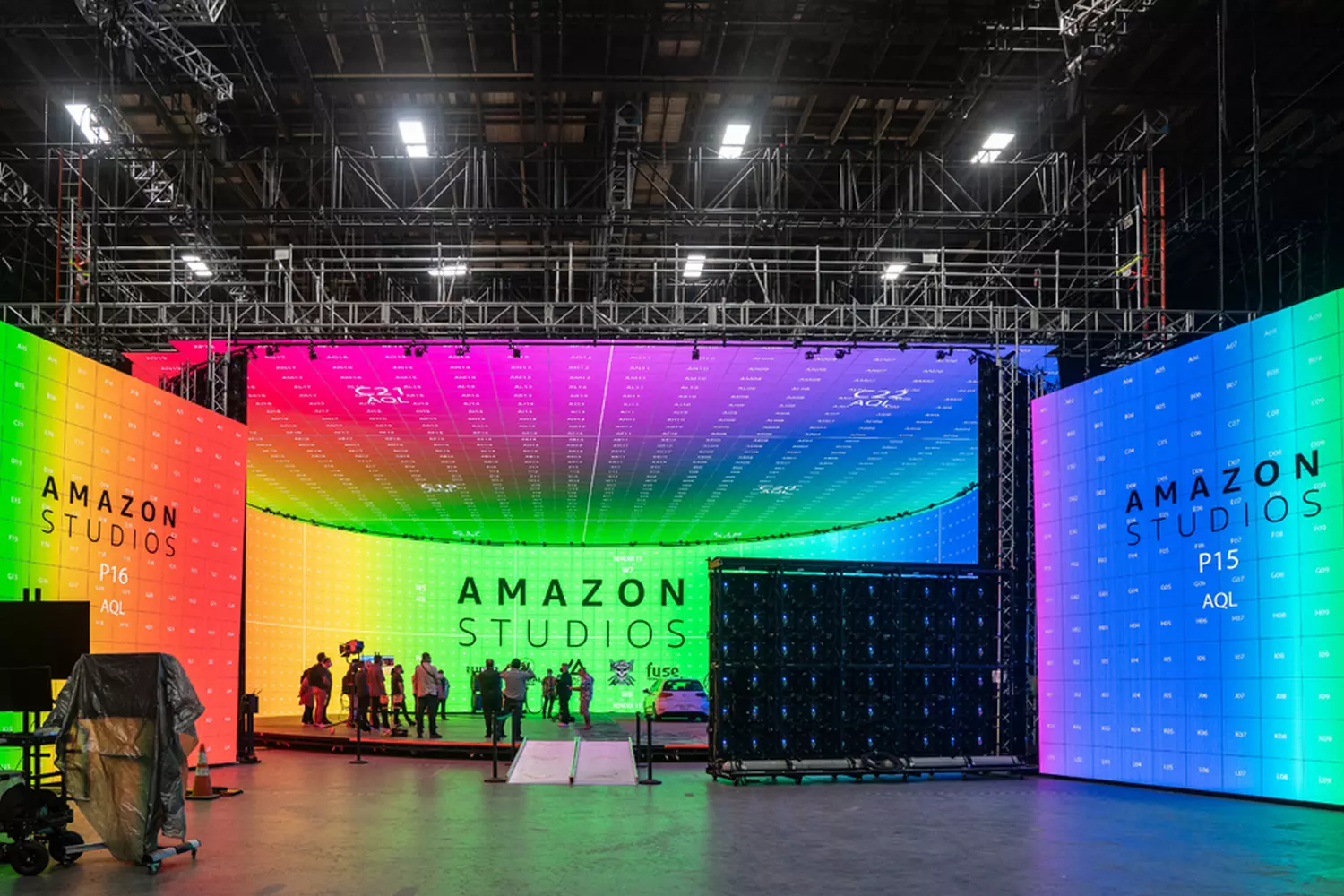
How to Shop Smart on Amazon: Proven Ways to Save
Amazon is a paradise for shopaholics, but even there you can avoid overpaying if you know a few tricks. Even experienced buyers sometimes miss opportunities to save, yet the right approach can turn an ordinary order into a great deal. Here’s how to pay less while getting the most.
- 01. Compare prices using special services
Amazon is a dynamic marketplace, and prices for the same products can fluctuate daily. To avoid overpaying:
- Use aggregator sites like camelcamelcamel.com — this service tracks the price history of any product and shows when it's best to buy.
- Set up price drop alerts — you’ll get notified as soon as the price falls to your desired level.
- Check prices from different sellers on the marketplace — sometimes it’s cheaper to buy from a third-party seller rather than directly from Amazon.
- 02. Wait for major sales and promotions
The biggest sales are the best time to save:
- Prime Day — an annual event for Amazon Prime subscribers, usually held in July. Discounts here reach 50-70% on electronics, clothing, and home appliances.
- Black Friday and Cyber Monday — November sales during which Amazon offers huge discounts on almost all product categories.
- During these events, additional coupons and bonuses often appear — don’t miss out!
- 03. Use coupons and promo codes
Amazon regularly offers coupons for specific products or categories:
- Coupons can be “activated” right on the product page — look for checkboxes near the price.
- Promo code and cashback websites help find current discounts that aren’t always visible on Amazon itself.
- Subscribe to newsletters and notifications — sometimes exclusive offers appear there.
- 04. Subscribe to products with the Subscribe & Save feature
If you regularly buy similar products — for example, cosmetics, household chemicals, or groceries:
- The Subscribe & Save feature allows you to set up a subscription with automatic delivery at a set interval.
- At the same time, you get up to a 15% discount and free yourself from the hassle of reordering.
- You can manage the delivery frequency and cancel the subscription anytime if needed.
- 05. Buy refurbished and used items
Amazon offers Amazon Renewed and Used sections where you can find:
- Refurbished products with quality guarantees but at significantly reduced prices.
- Used devices and items that can be practically like new.
- These purchases suit those who want to save money without sacrificing functionality or appearance.
Interesting fact: According to research, smart use of discounts and subscriptions on Amazon can save shoppers up to 30% of their annual budget — comparable to a good sale at an offline store.
Shopping on Amazon is profitable — you just need to know where to look and how to use all the platform’s features. Use comparison services, don’t miss sales, apply coupons, subscribe for regular deliveries, and don’t hesitate to buy refurbished items. This way, you can enjoy quality shopping while saving money.
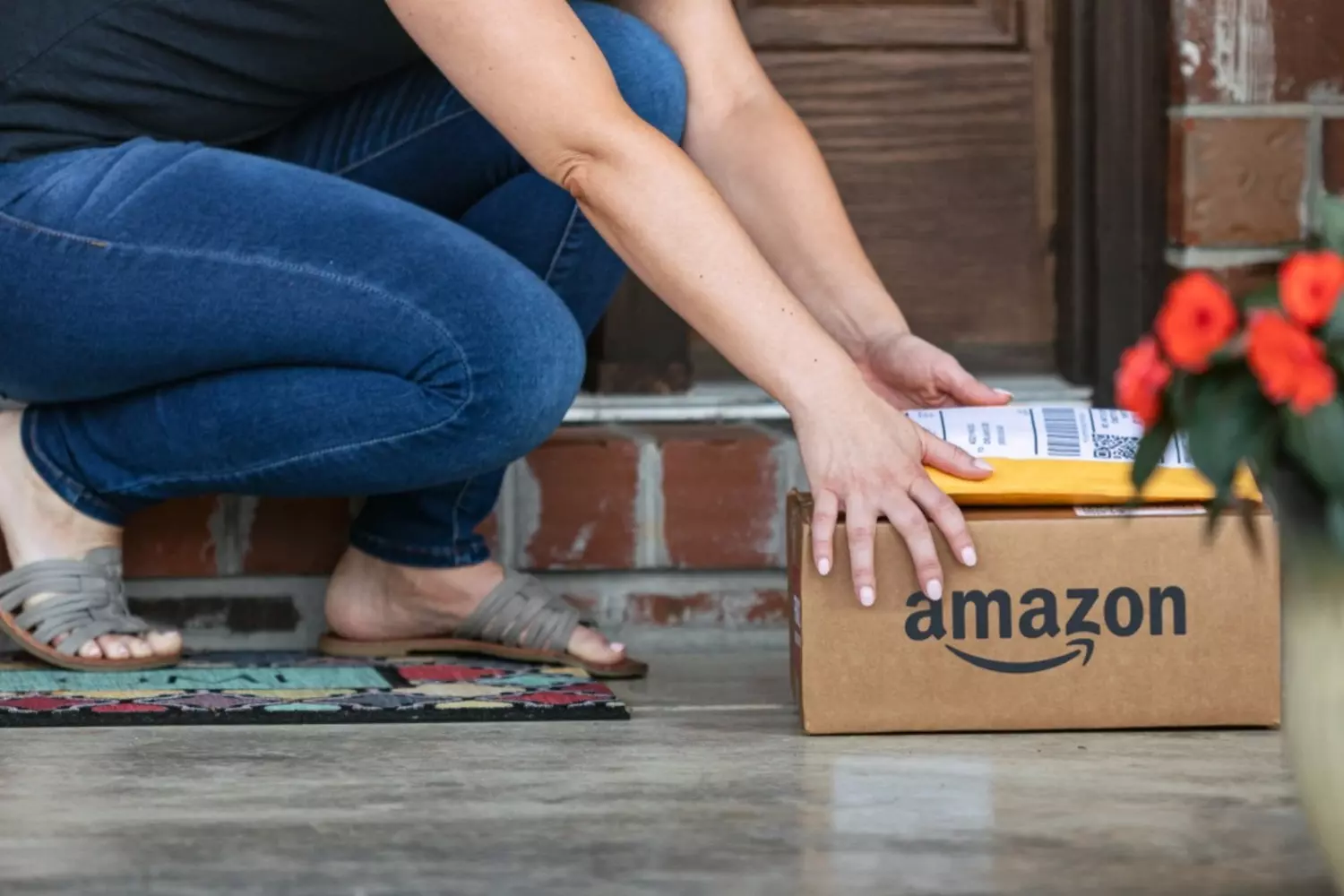
How Amazon Is Changing the World: The Giant’s Impact on Culture, Business, and Ecology
Amazon is much more than the largest online retailer. It is a driving force that changes our everyday lives, business models, and even our planet. Below is a comprehensive breakdown of how exactly Amazon impacts the world and why there’s so much buzz around it.
- 01. Consumer culture: “want everything now”
Amazon sets a new standard for shopping:
- Speed and convenience
Thanks to fast delivery services (even same-day), customers have grown accustomed to receiving what they want literally the next day after ordering. This shifts expectations — people want it “here and now,” not to wait weeks. - Online as the new norm
Even shoppers who previously preferred offline stores are increasingly moving online. This is not just a trend — it’s a shift in consumer behavior where the smartphone or computer screen has become the new storefront. - Personalization and recommendations
Amazon’s algorithms analyze your purchase history and interests, suggesting products that might interest you. This fuels impulse buying but also makes shopping more convenient and engaging. - Impact on quality and service expectations
Fast delivery, easy returns, reviews, and ratings all shape high standards that customers now expect not only from Amazon but from all retailers.
- 02. Labor market: new jobs and tough conditions
Amazon is one of the world’s largest employers:
- Millions of jobs
The company hires hundreds of thousands of employees in fulfillment centers, logistics, IT, offices, and even retail stores (e.g., Amazon Go). - Challenges for workers
However, warehouse work is physically demanding, with strict monitoring and high productivity demands. Many employees complain of stress, minimal breaks, and tough quotas. - Automation and robots
Amazon implements robots and automated systems that help reduce the human workload but raise concerns about the future of jobs. - Impact on local labor markets
In regions with large fulfillment centers, employment structures change dramatically, new professions emerge, but social challenges also arise.
- 03. Business and technology: the power of Amazon Web Services and new models
Amazon is more than just retail:
- Amazon Web Services (AWS)
The world’s largest cloud platform, providing computing power, databases, analytics tools, and much more to hundreds of thousands of companies — from startups to corporations.
AWS has become the foundation of the modern IT infrastructure for many businesses and services, changing the ways data is stored and applications are developed. - Marketplace and support for small businesses
The Amazon Marketplace platform enables thousands of small and medium sellers to reach a global market but also intensifies competition and demands high efficiency from them. - Innovations in logistics
Own courier services, drones, robots, and fulfillment systems make Amazon a leader in delivery and warehouse management. - Competition and monopoly concerns
Amazon’s dominance raises worries among regulators and business communities regarding market monopolization, pricing policies, and competition.
- 04. Ecology: responsibility and challenges
Amazon acknowledges environmental challenges and strives to address them, but the scale of its business creates difficulties:
- Emission reduction goals
The company aims to become carbon neutral by 2040 — ten years ahead of the Paris Agreement. Investments are being made in renewable energy and electric vehicles. - Packaging and waste
Amazon works to reduce packaging volume and implements biodegradable materials, but millions of daily orders still create a significant environmental footprint. - Electric trucks and drones
The adoption of electric transport and delivery drones is intended to reduce emissions and improve efficiency, but these are still pilot projects. - Criticism and challenges
Despite efforts, environmental groups criticize Amazon for the growth in shipments and waste, since demand for fast delivery and returns drives constant expansion of logistics.
Amazon is a unique phenomenon that simultaneously creates new opportunities and poses serious challenges. It changes how we shop, where we work, how businesses are built, and how we relate to our planet. Understanding these processes helps appreciate the scale of Amazon’s impact and see how technology and economics intertwine in today’s world.
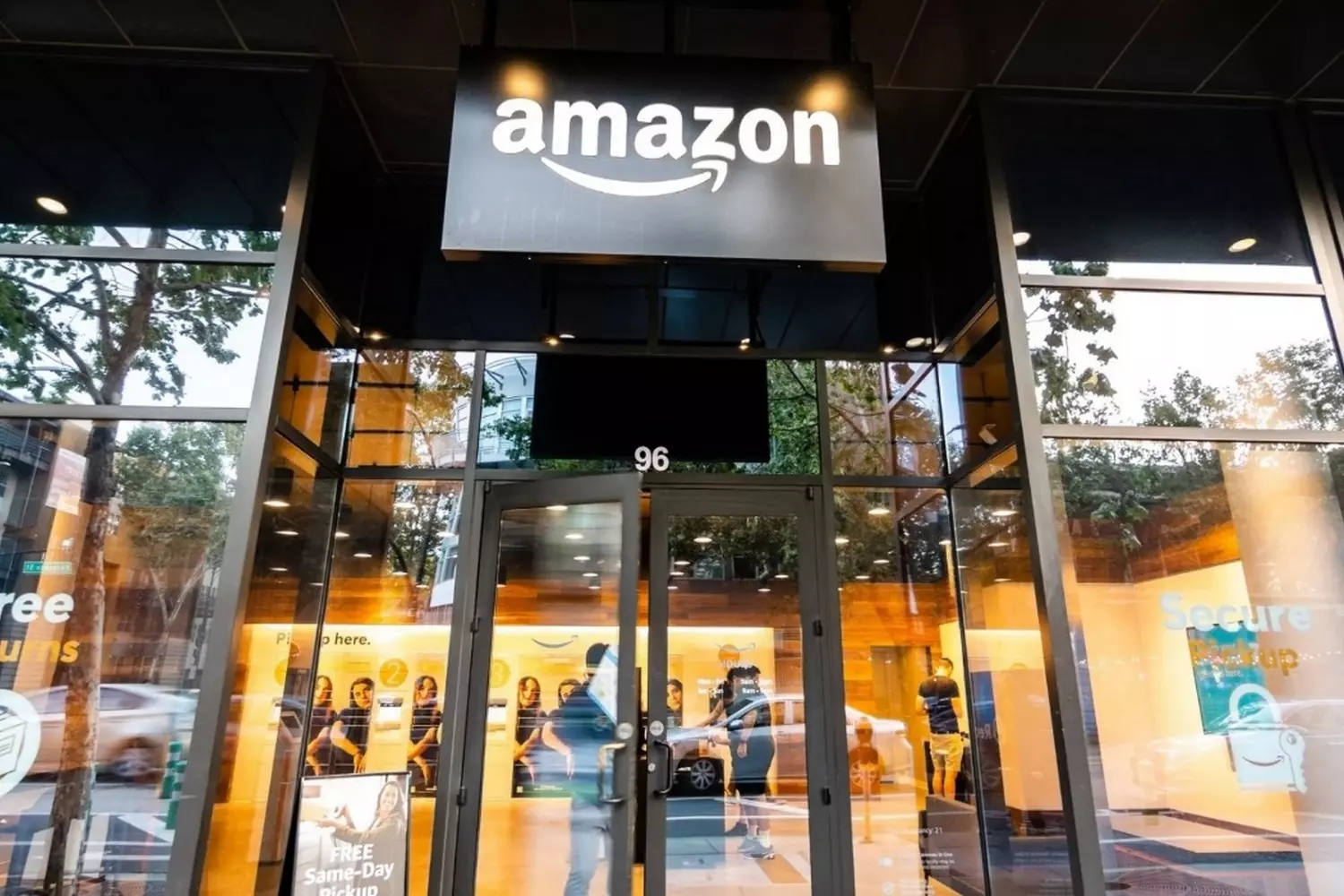
15 Surprising Facts About Amazon That Will Astonish You
Amazon — это не просто гигант электронной коммерции, а целая вселенная, где технологии, бизнес и даже человеческие привычки переплетаются в удивительных формах. От роботов на складах до миллисекундных записей ваших кликов — компания Джеффа Безоса продолжает шокировать масштабами и инновациями. Вот подборка самых неочевидных и захватывающих фактов об Amazon, которые раскроют его с новой стороны.
- 01. Amazon теряет $120,000 каждую минуту простоя
В 2013 году 40-минутный сбой сайта обошелся компании в $4.8 млн — этого хватило бы на 10 лет зарплаты среднестатистического американца! Сегодня, с ростом оборотов, эта цифра ещё выше. - 02. Роботы против людей: 100,000 машин на складах
Amazon использует более 100,000 роботов Kiva для сортировки товаров. Они сокращают затраты на логистику на 20% и работают в темноте — лампочки в автоматах выкручены для экономии. Складские работники носят жилеты с защитой от роботов. Специальные жилеты с датчиками останавливают роботов Kiva на расстоянии 30 см — иначе автоматика может «не заметить» человека. - 03. Секретная традиция: даже Безос работает в поддержке
Все сотрудники, включая топ-менеджеров, обязаны 2 дня в году отвечать на звонки клиентов. Это часть философии «клиент всегда прав». - 04. Безос получал зарплату $81,840 в год
Основатель Amazon десятилетиями довольствовался скромной зарплатой, но его 17% акций компании приносили миллиарды. - 05. Склад Amazon = 10 футбольных полей
214 гигантских складов в США ускоряют доставку. Ежедневно сайт посещают 188 млн человек — больше, чем Google для шопинга. - 06. ЦРУ платит Amazon $600 млн за облако
AWS хранит данные спецслужб, что вызвало скандалы. Но это лишь часть $85 млрд годового дохода сервиса. - 07. Первая продажа Amazon – книга о… искусственном интеллекте
В 1995 году Джефф Безос продал через свой новый сайт книгу «Fluid Concepts and Creative Analogies» о компьютерных моделях мышления. Ирония в том, что теперь AI – ключевое направление Amazon! - 08. Секретный остров для тестирования дронов
Amazon арендовал целый остров в Канаде (площадью 52 акра) для испытаний Prime Air. Местные жители годами не понимали, почему над территорией постоянно летают странные аппараты. - 09. В 1999 году Безос стал «Человеком года»… по версии Time
За 4 года до создания AWS и за 6 лет до Prime журнал Time признал Безоса персоной года — раньше, чем Стива Джобса или Марка Цукерберга! - 10. Самый дорогой товар в истории Amazon – частный остров
В 2007 году через Marketplace продали карибский остров за $12 млн. Покупатель получил его с бесплатной доставкой (шутка, но факт реальный). - 11. Первая покупка Безоса для офиса — скелет пещерного медведя
Когда Amazon запустил аукционный сервис, Безос лично купил скелет пещерного медведя ледникового периода за $40,000. Теперь он стоит в лобби штаб-квартиры в Сиэтле. - 12. В офисе Amazon работает 6,000 собак
Штаб-квартира в Сиэтле пет-френдли: сотрудники могут приводить своих питомцев. Даже здание назвали в честь пса Rufus, который любил бывать в офисе. - 13. Amazon тестировал свою версию Google Street View
В 2004 году запустили Block View – сервис с фото улиц для поиска магазинов. Проект закрыли, но он стал прообразом Google Street View. - 14. 2006 году рабочий жил на складе
В Канзасе временный сотрудник построил убежище из паллет и коробок, где спал и хранил еду. Его вычислили только через неделю. - 15. Amazon продаёт дома за $26,000
На сайте можно купить готовый дом-конструктор 20×40 футов с кухней и ванной. Но коммуникации придётся проводить самостоятельно.
Бонус: 4 безумных факта, в которые трудно поверить
- В 2020 году Amazon продавал 1,600 товаров в минуту;
- На складах используют искусственный интеллект для увольнений (система автоматически увольняет за низкую продуктивность);
- Компания владеет подводным дроном для ремонта интернет-кабелей;
В тестовом магазине Amazon Go нет касс, но есть скрытые тепловые датчики, отслеживающие ваши движения.
Amazon — это машина, которая перерабатывает данные, привычки и даже время в деньги. И если раньше это был книжный магазин, то сегодня — империя, где дроны, роботы и алгоритмы решают, что вы купите завтра.
P.S. В 2024 году рыночная капитализация Amazon превысила ВВП 180 стран. Если бы это было государство, оно вошло бы в ТОП-20 крупнейших экономик планеты!
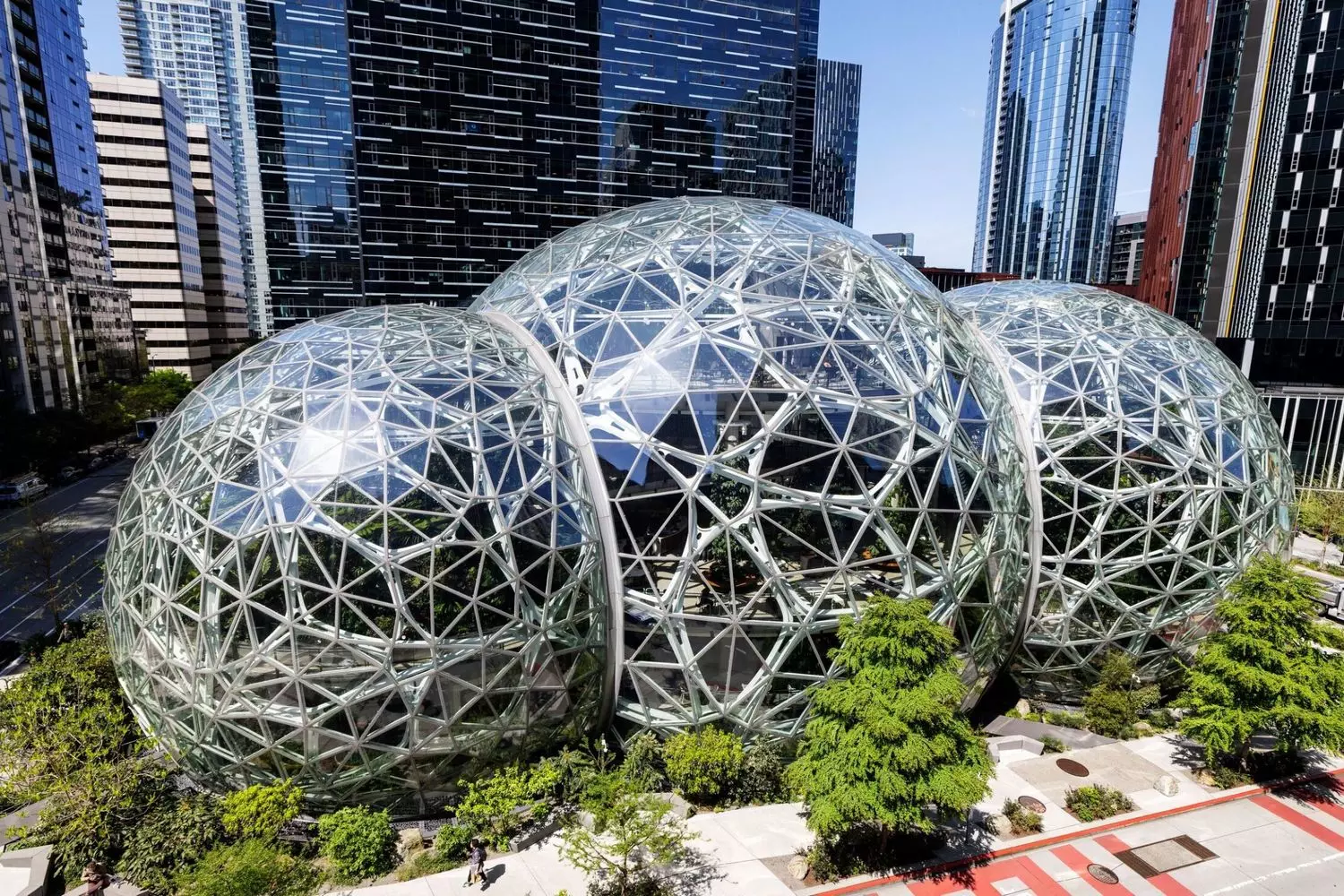
Amazon is not just a store, but a new era of digital possibilities
Amazon is not just an online store. It is an entire digital world that we have all entered, even if sometimes we don’t notice it. Today, Amazon is not only a place to order books or buy children’s toys. It is a platform that unites hundreds of millions of products and services: from watching series and movies on Prime Video to storing data in cloud services like Amazon Web Services. It includes voice-controlled smart home devices such as Echo and Alexa, which help make our lives easier and more comfortable.
But despite all the advantages and conveniences, mastering this vast digital world on your own can be challenging. Difficulties with registration, choosing products, international shipping, and taxes can become obstacles for many. This is where American Butler comes in — your reliable assistant and guide in the world of Amazon. With us, you can enjoy all the benefits of Amazon without unnecessary hassle, risks, or misunderstandings. Our service guarantees safety, transparency, and comfort — your only task is to choose what you want, and we’ll take care of the rest.

































